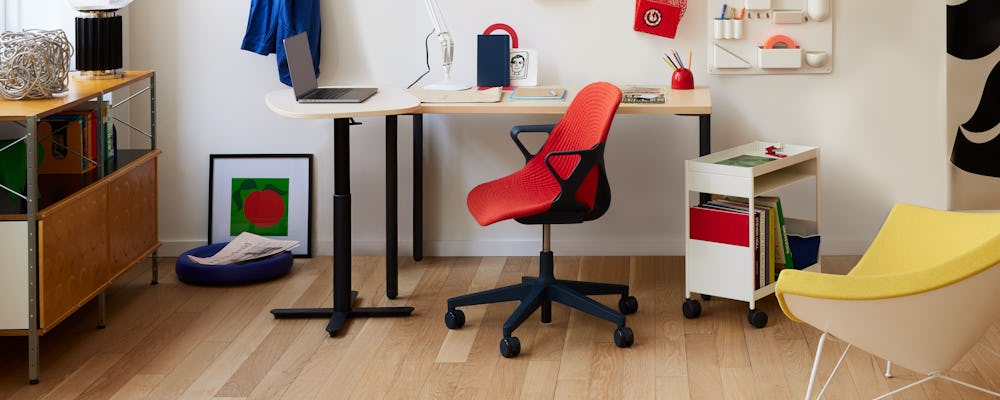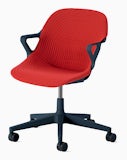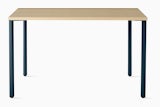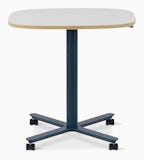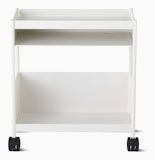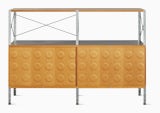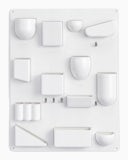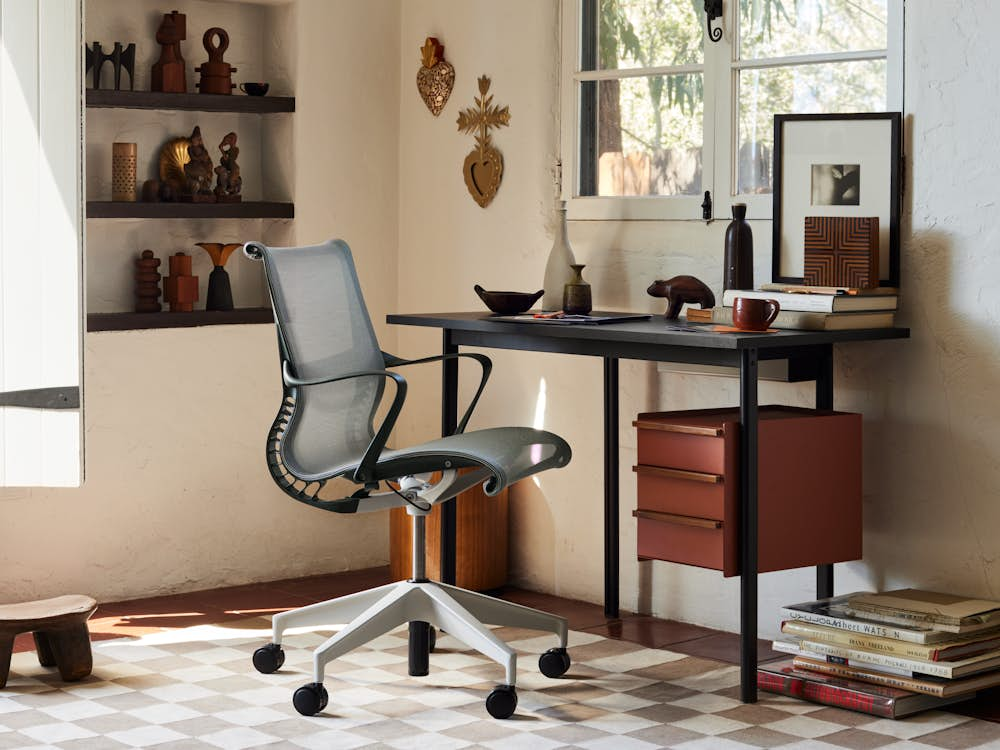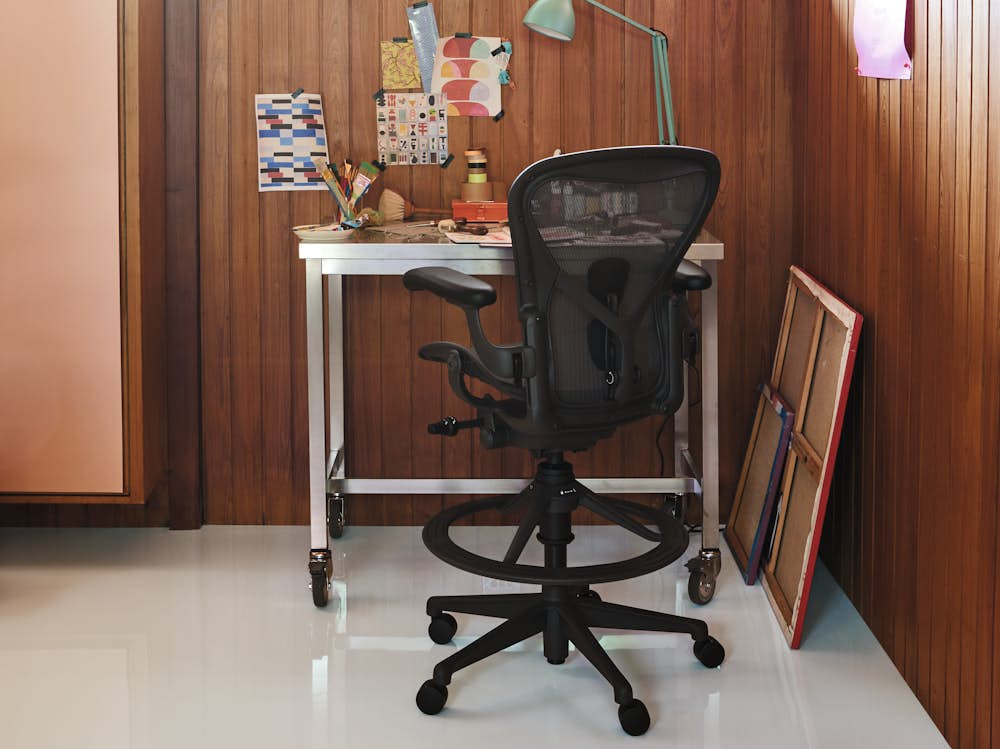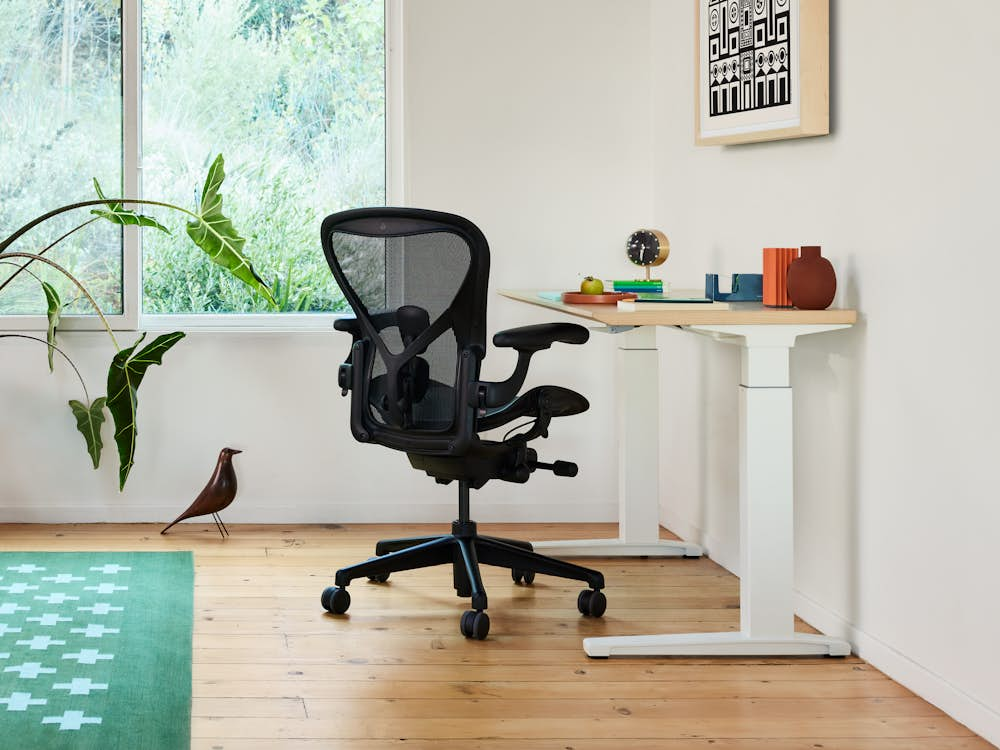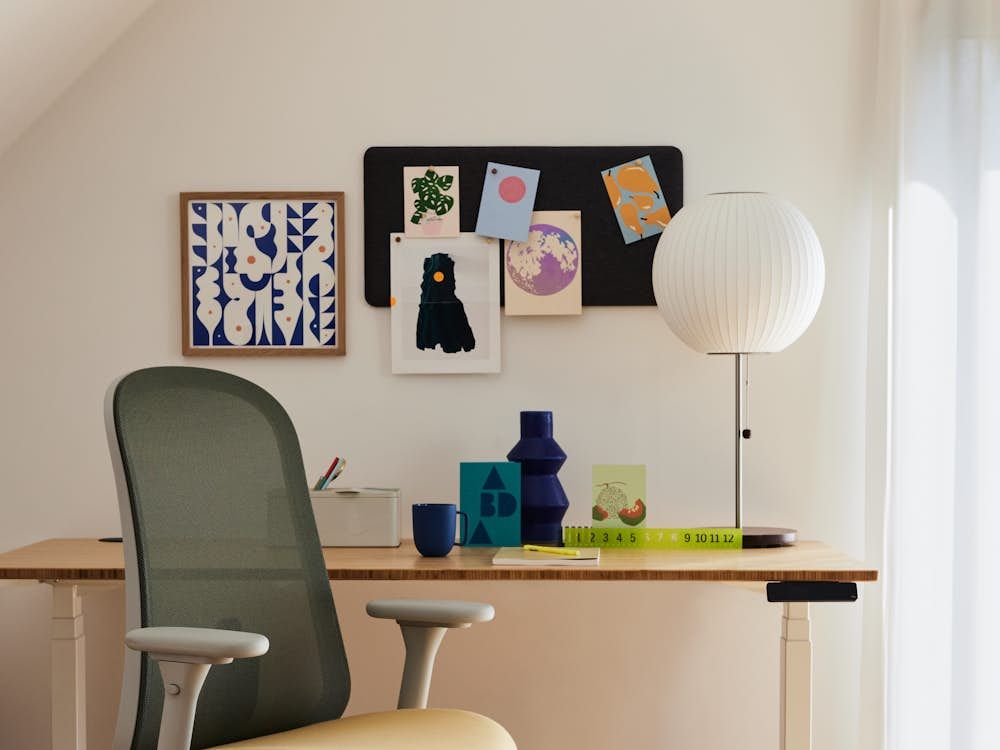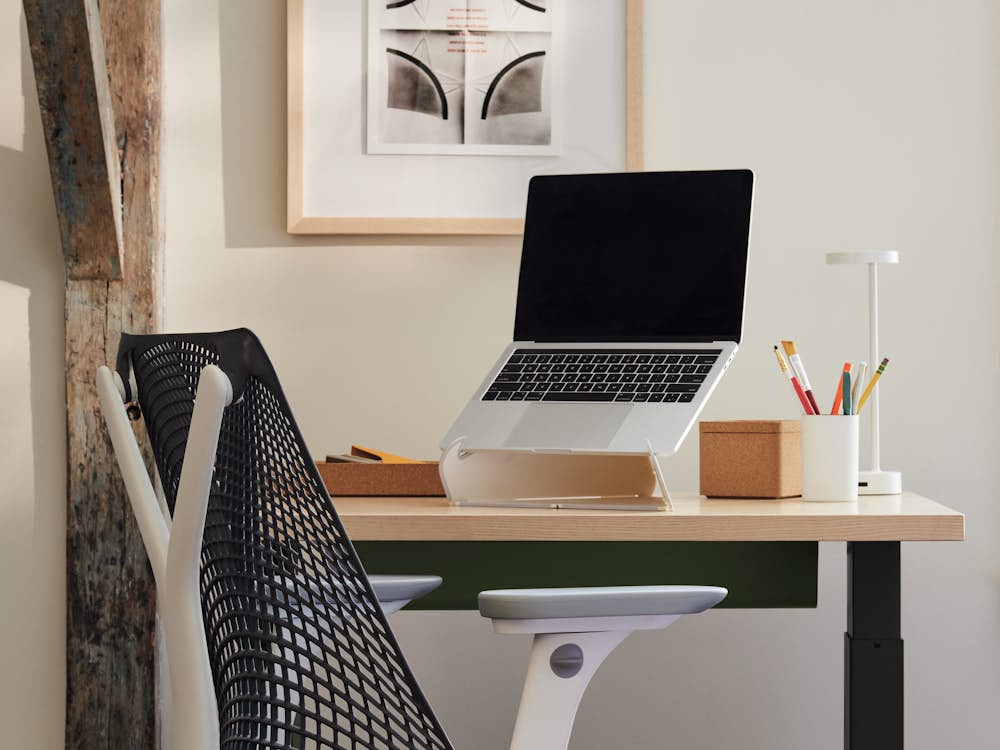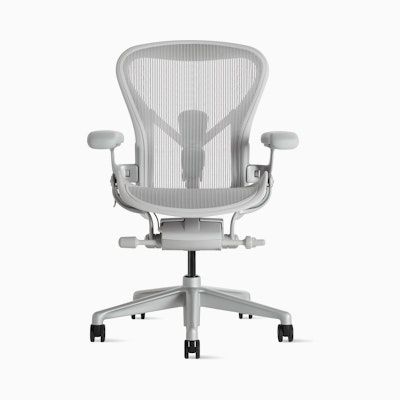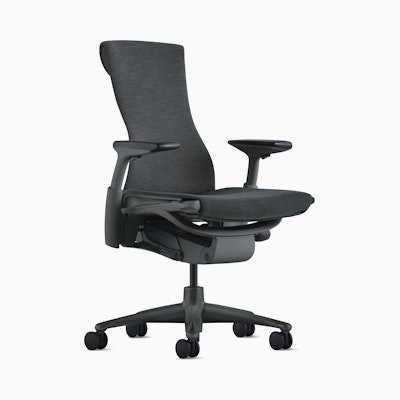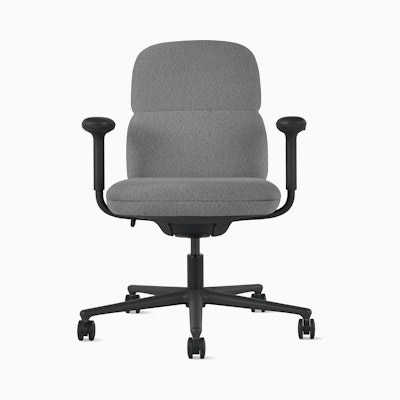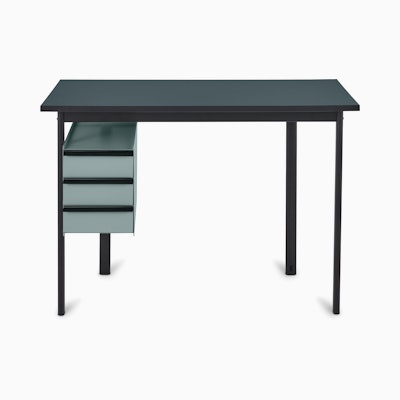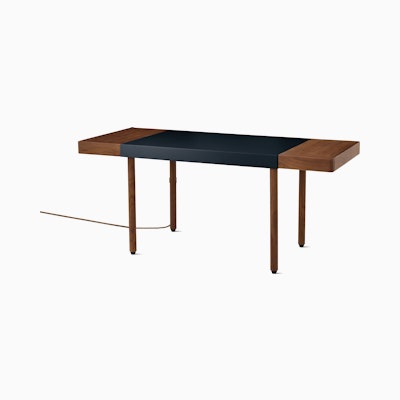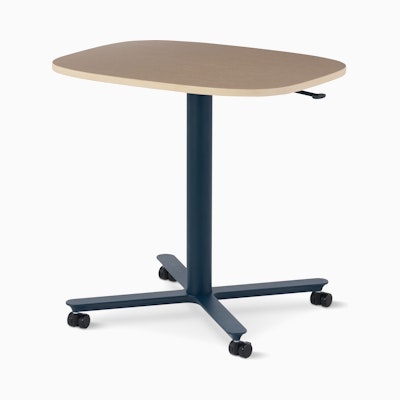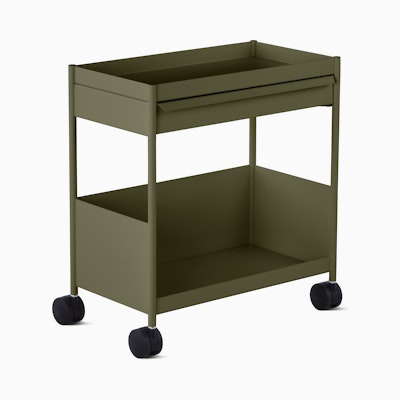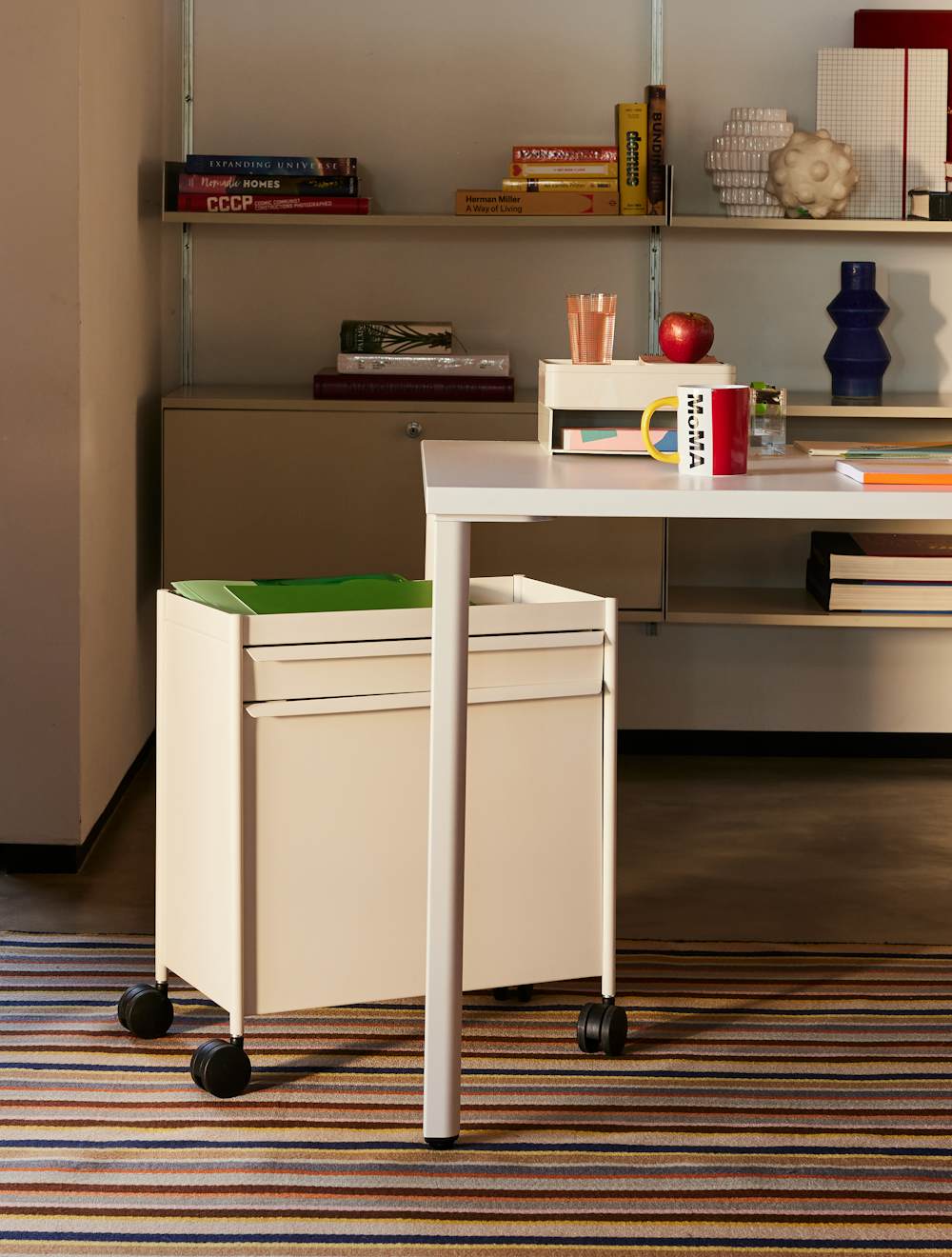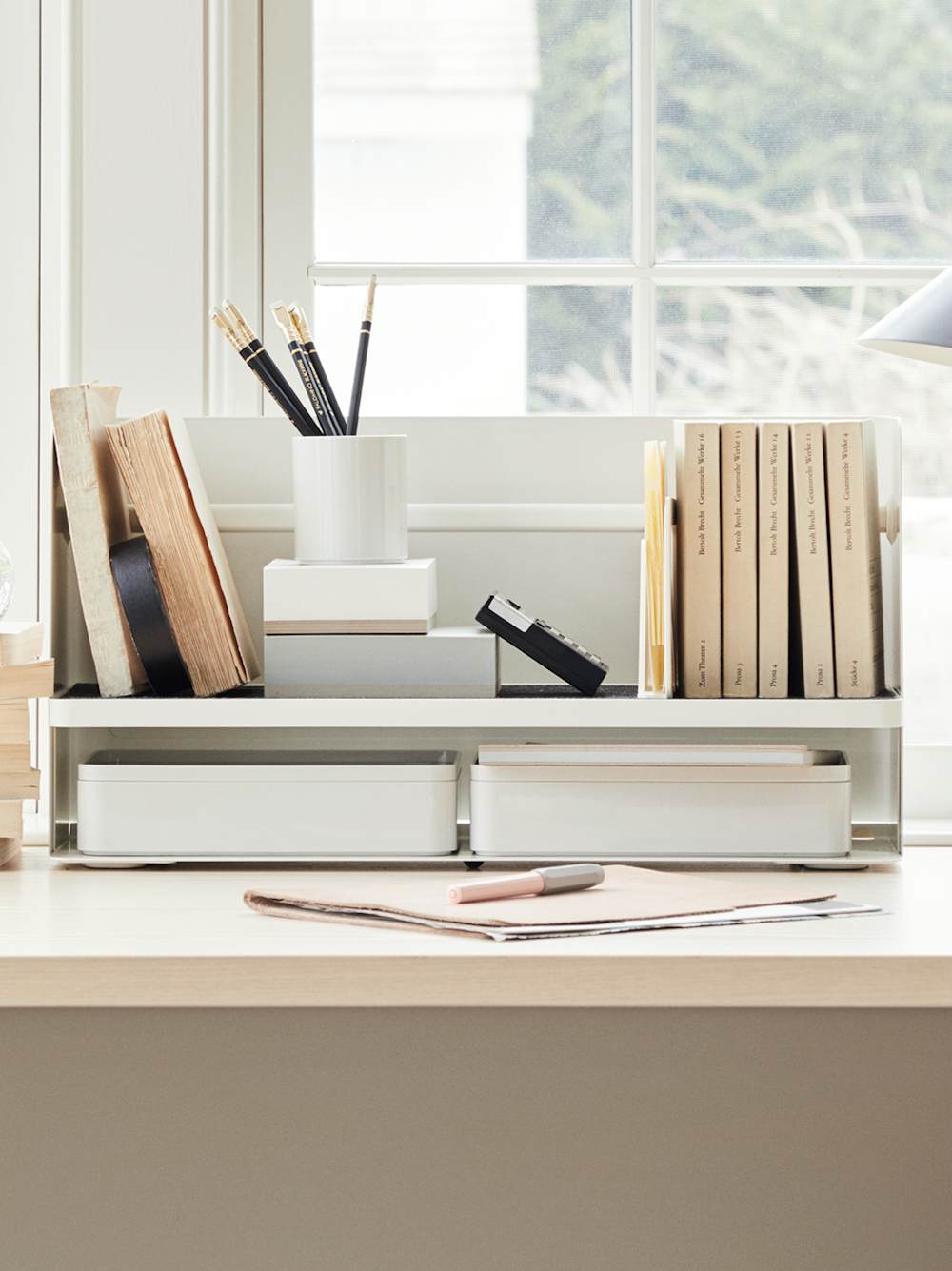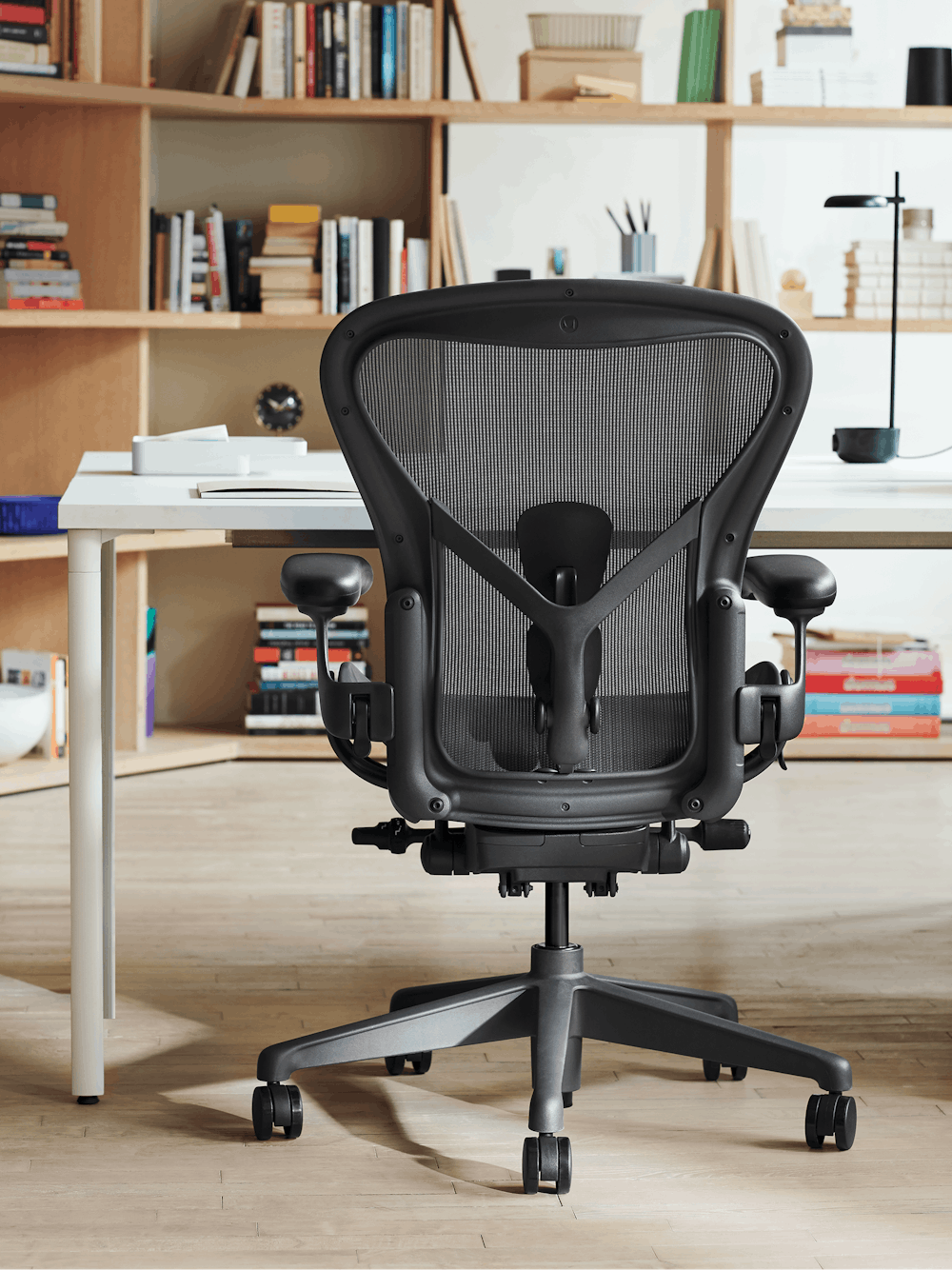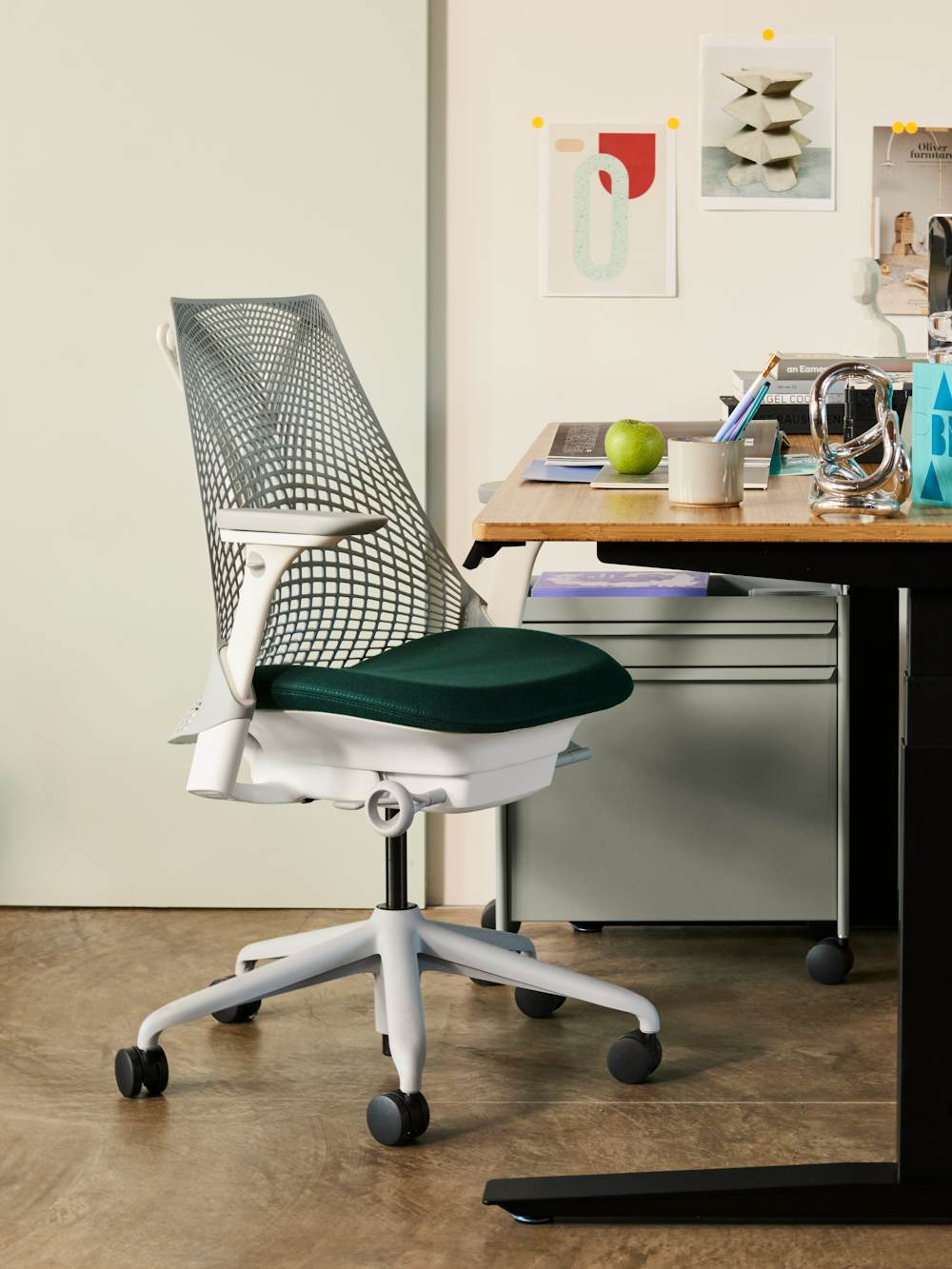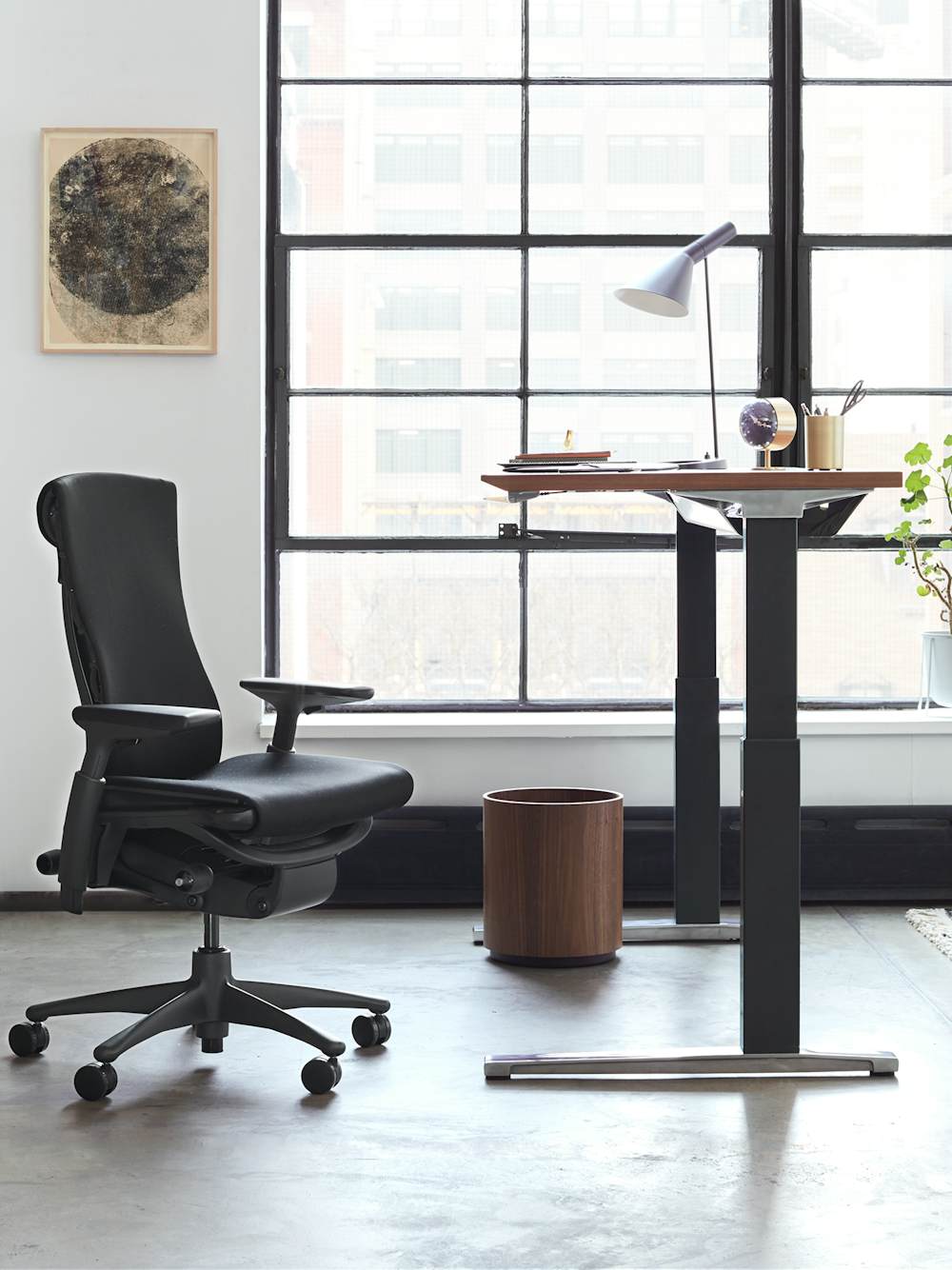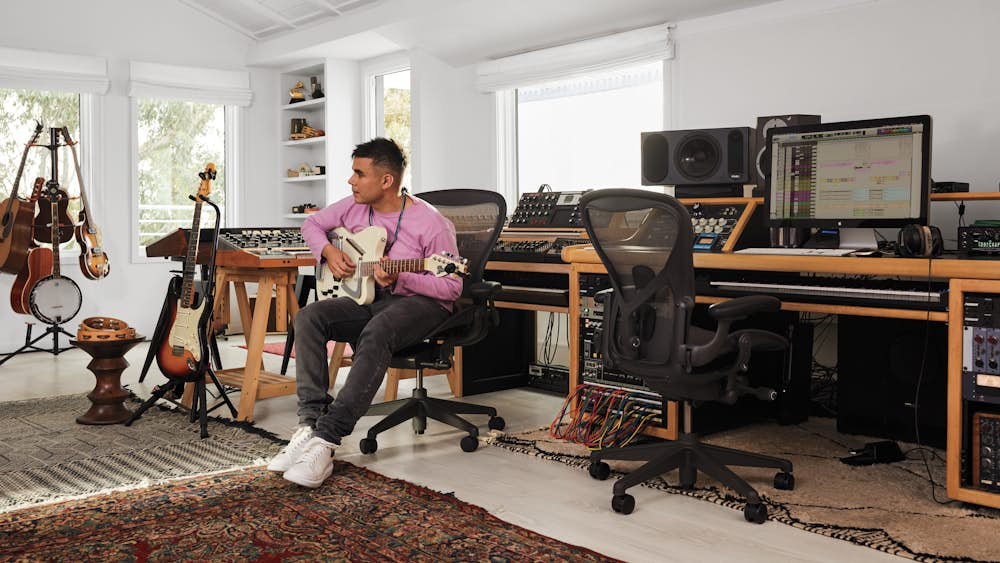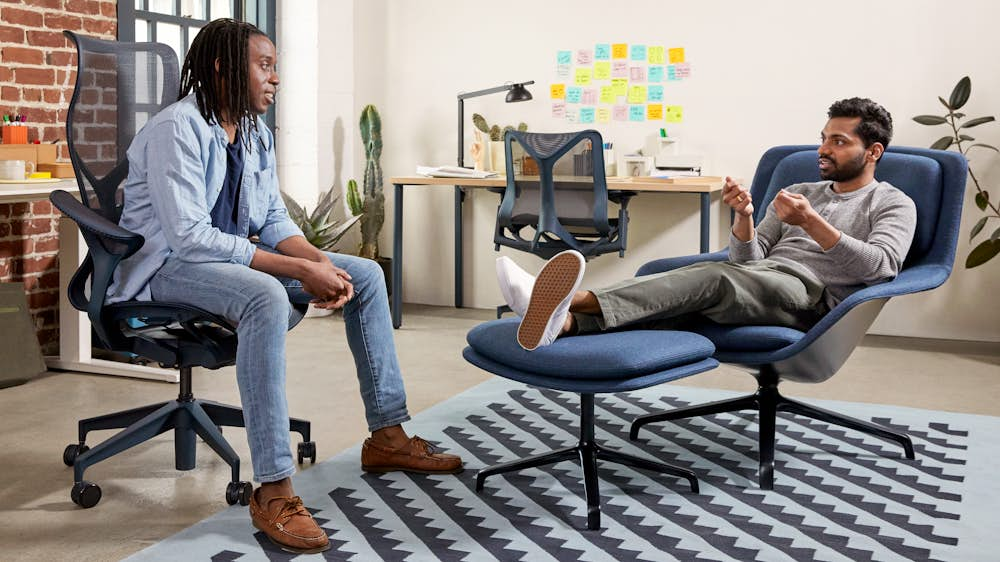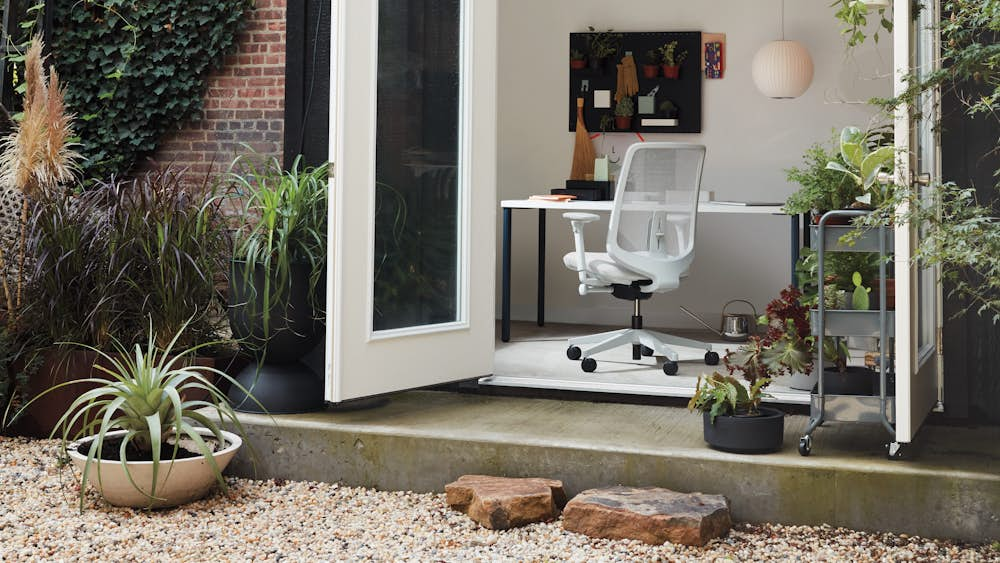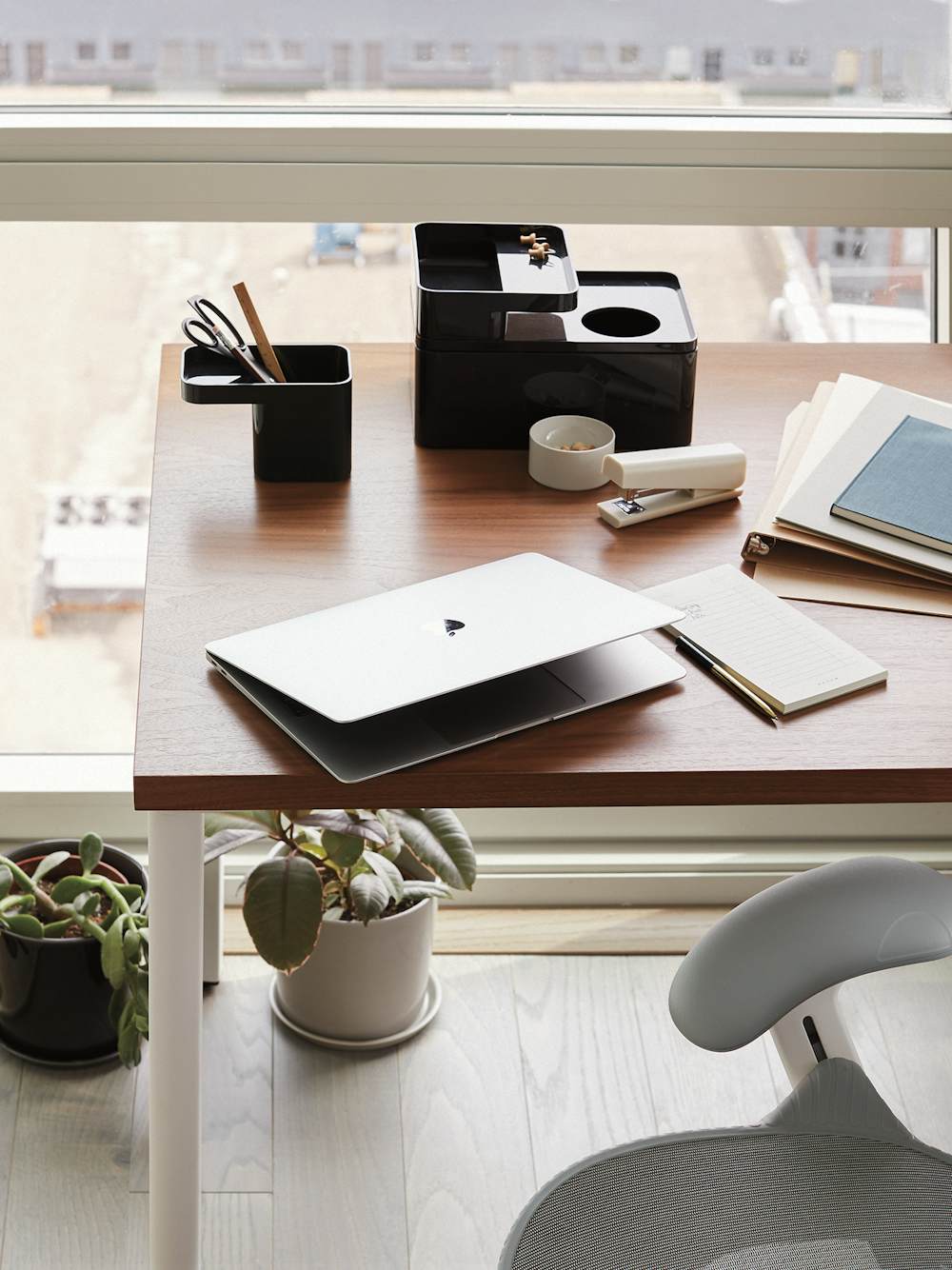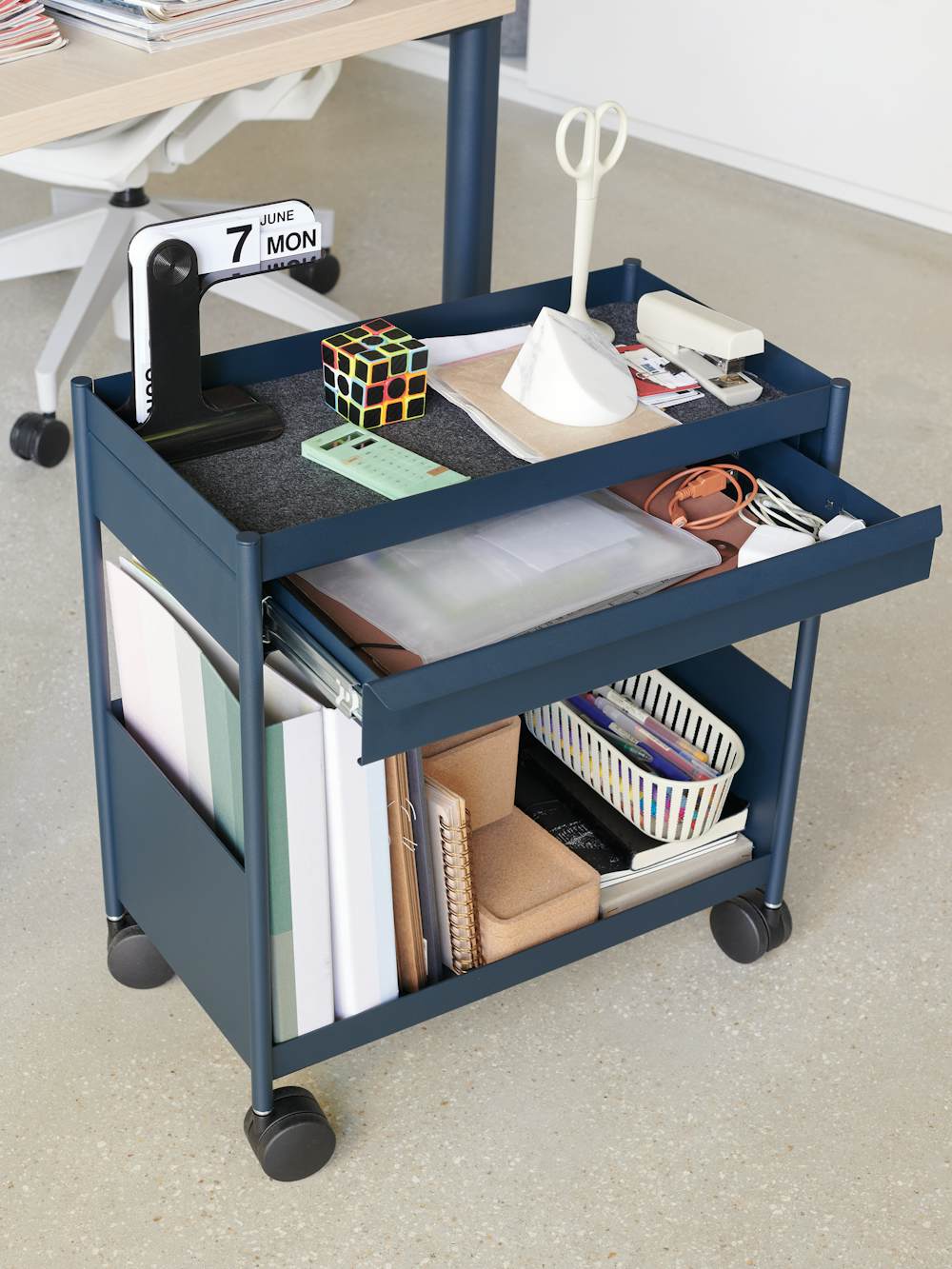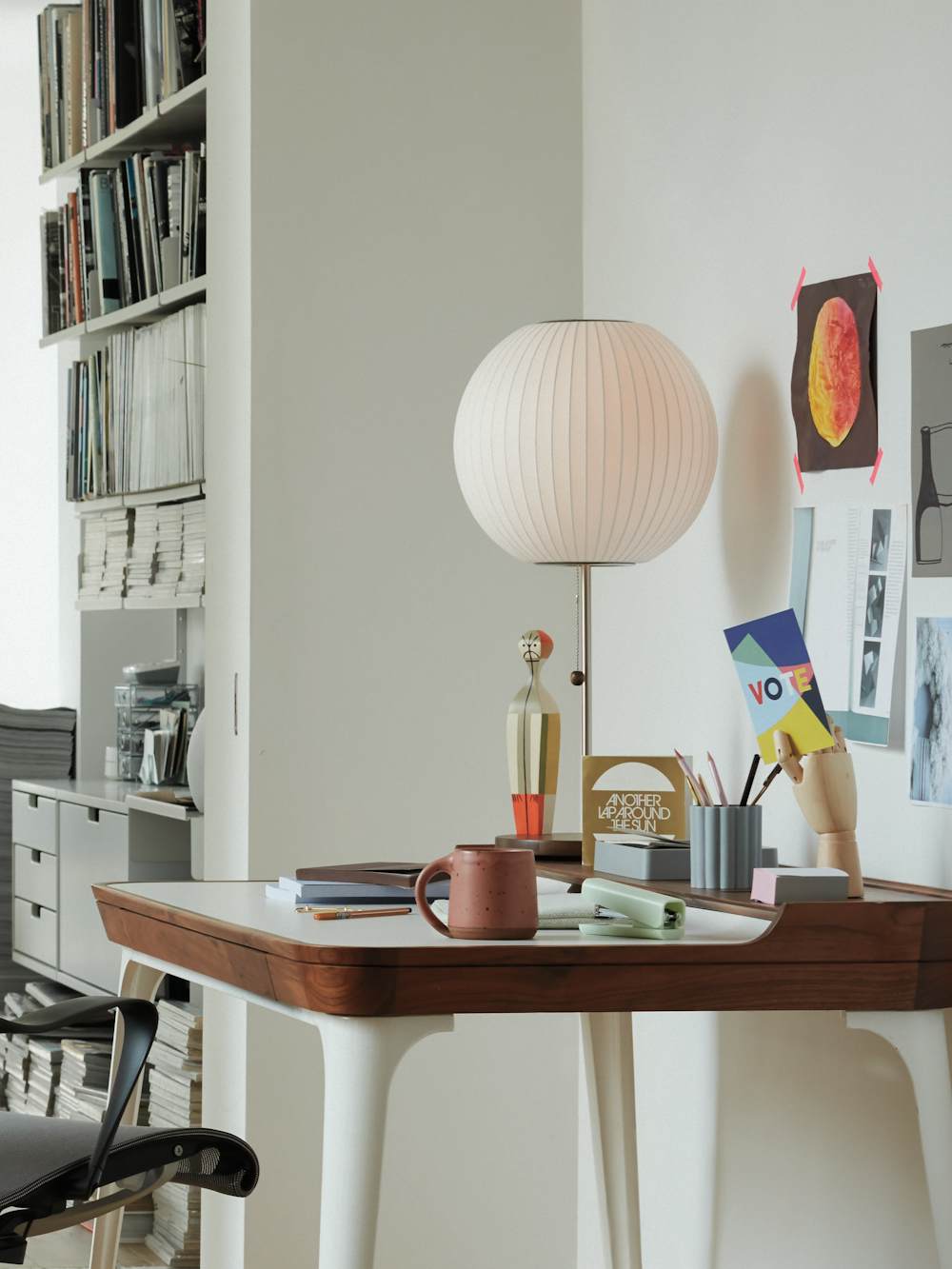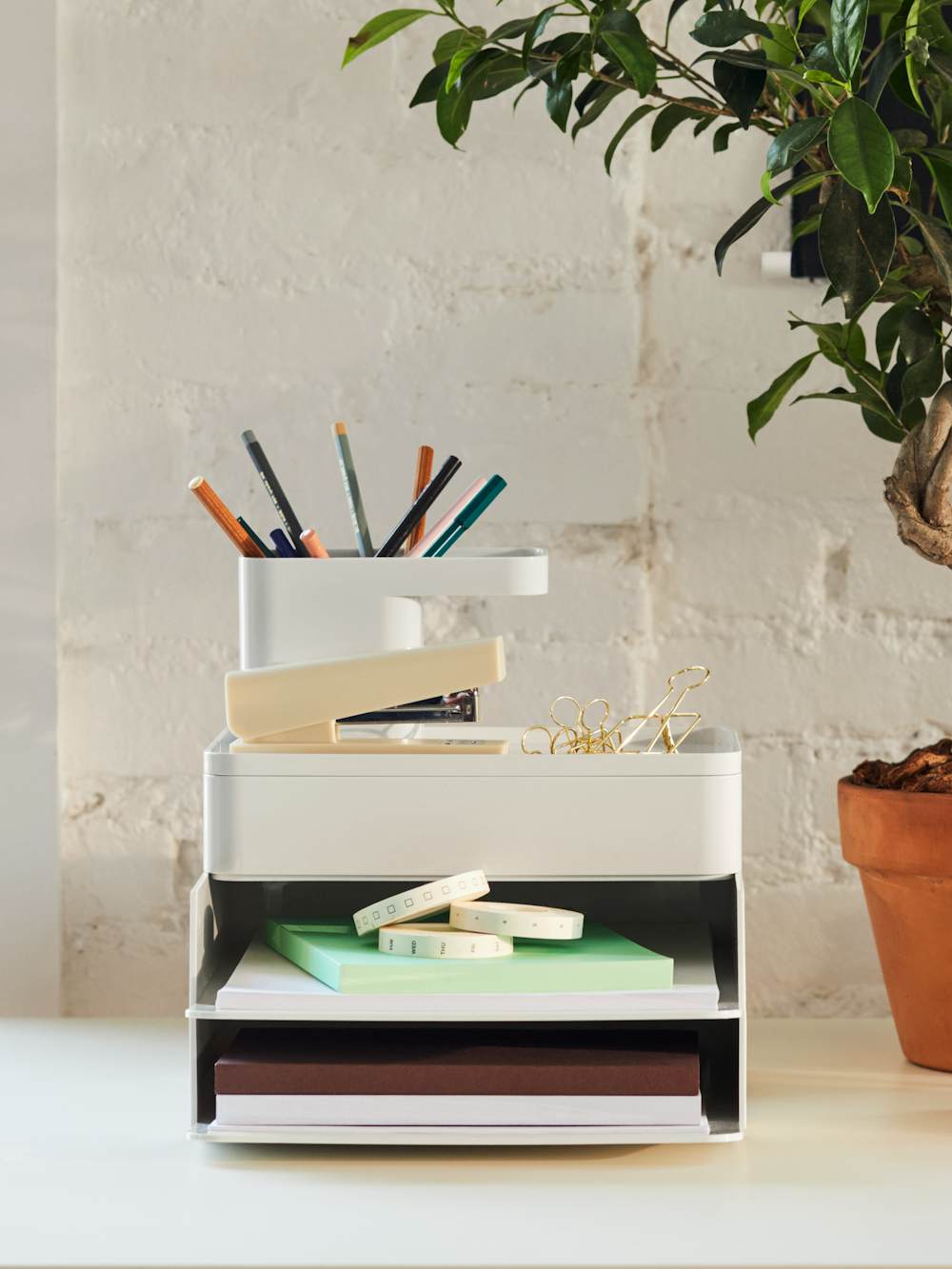Best Sellers
Featured Collections
Professional Inspiration
Contemporary & Modern Home Office Furniture
Over the past several decades, the home office has undergone a few major transformations. Home office furniture, too, has evolved to keep up with the needs of modern-day professionals. To begin, in the mid-1900s, home offices were rare, except for private studies or studios where artists and freelance creatives could work. Some mid-century studies doubled as guest rooms or entertaining spaces, where the families and guests could enjoy cocktails and casual conversation. Advances in technology toward the end of the 20th century brought the modern home office closer to what it resembles today, as hefty technological equipment like typewriters, fax machines, printers, and – most notable of all – personal computers, demanded its own designated space in the home. Interestingly, between the early 2000s and the late 2010s, that demand waned, as devices shrank, and wireless internet connection became commonplace.
When the Covid-19 pandemic closed professional office spaces worldwide at the start of 2020, telework emerged as the solution, and the demand for designated home offices and home office furniture renewed. As the pandemic progressed, so too did the sophistication of the contemporary home office. What began as makeshift office workstations fashioned out of miscellaneous home furniture became high-performance home offices designed for long-term use, complete with ergonomic office chairs, standing desks, storage furniture, and more. At Herman Miller, shop home office furniture designed for the modern workspace.
Home Office Furniture Categories
How to Set Up a Home Office
Choose a location.
The ideal home office location is a spare room as it affords the best privacy and minimizes noise interference and other distractions. However, if you don’t have a spare room available, choose a secluded area of your home with access to electrical outlets, ideally close to your internet router. If your household is active during the day, try to choose a location away from your home’s primary living areas, to avoid excess noise. If possible, try not to arrange your work-from-home setup where windows face your computer screen – daytime glare may make screen visibility difficult. If you must work in a shared space, think about adding a privacy screen or divider between your home office setup and the rest of the space for added privacy.
Choose an office desk and chair.
Once you’ve chosen a location for your office, select the foundational components of your WFH setup: a home office desk and desk chair. Assess the space requirements of your equipment and choose a desk that can fit everything with room to spare. It can be helpful to tape off a section of your floor where you’d like to situate your home office desk and chair, so you can visualize the measurements in your space.
Then, consider what storage components you’ll need. Small desks with storage make the most of tight areas. A ladder desk with vertical storage is a great solution to limited floor space. For adjustability, shop standing desks for home offices that can adapt to your preferred working position.
Next, invest in an ergonomic office chair that provides long-term support. Because you’ll be sitting in your desk chair for extended periods of time, it’s essential to choose a comfortable desk chair that prioritizes a healthful posture. At Herman Miller, shop modern desk chairs celebrated for their ergonomic benefits.
Illuminate your setup.
If the location you’ve chosen for your office setup isn’t well-lit, consider adding an office floor lamp or desk lamp that creates task lighting in the absence of natural light. Shop for desk lamps with adjustable arms or flexible arms that allow you to direct light where you need it most. Finally, look for convenient features, such as built-in USB ports.
Add home office storage solutions.
At this stage, it can be helpful to anticipate your storage needs before clutter starts to accumulate. If you work with documents frequently, home office filing cabinets are indispensable. If you work with a lot of office supplies, consider desk organizers that can fit into desk drawers or cabinets, or versatile storage containers, such as storage crates, baskets, and bins. To keep essentials visible – or display decorative items – choose large storage furniture, such as bookcases or shelving units with spacious open shelves.
